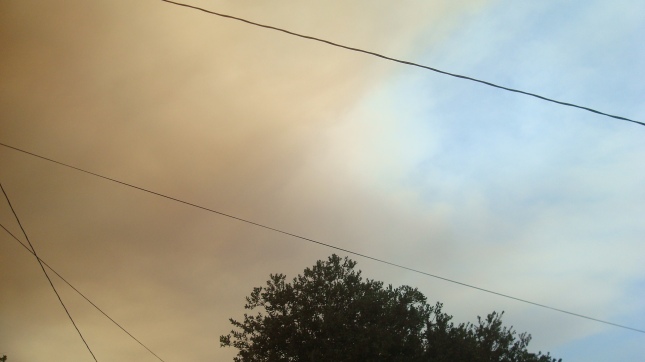On Wednesday night the Silver Lake Neighborhood Council (SLNC) hosted a town hall meeting where the topic was the proposed Junction Gateway project. For those of you who haven’t been following this story, developer Frost Chaddock wants to build three structures on three sites along Sunset Blvd. in Silverlake. Two of the buildings are mixed-use, including residential, restaurant and retail space. The third is a boutique hotel. Predictably, the developer is asking for a number of entitlements, among them increases height and Floor Area Ratio (FAR). And predictably, a lot of the locals are ticked off.
By my count, the town hall drew about fifty area residents. The developer was there, along with the project architect, and a very smooth land use attorney from a high-powered law firm. They kicked the meeting off with a presentation on the project, emphasizing the ways they felt it would be beneficial to the community. Then two board members from the SLNC took turns reading questions that had been submitted by audience members. I want to say in passing that the SLNC board members handled the whole thing very well. The tension in the air was palpable, but they did an excellent job of minimizing disruption and keeping things on track.
I have to admit I left early since I was taking the bus to Burbank and didn’t want to get started too late. But as I listened to the questions being read, it all sounded very familiar. While the developer claimed that Junction Gateway was absolutely right for the neighborhood, the tone of the questions made it clear that there was intense opposition in the community. The land use lawyer kept saying they had met with residents and made changes based on their input. But the changes mentioned were mostly cosmetic, and it was clear that the developer intended to build the project regardless of neighborhood oppostion. For me, the funniest moment was when the developer’s land used attorney insisted that in talking to the community, “We heard over and over again that Silverlake is lacking in boutique hotels.” That was a surprise to me. I know people who live in Silverlake, and I’ve never heard any of them complain about a shortage of boutique hotels.
But to my mind, the most crucial questions that were raised shouldn’t have been addressed to the developer. They should have been addressed to Councilmember Mitch O’Farrell, whose district includes Silverlake.
First, why are developers continually encouraged to build projects that violate the existing community plan for Silverlake and Echo Park? According to the Department of City Planning web site, “the 35 Community Plans provide the specific, neighborhood-level detail, relevant policies, and implementation strategies necessary to achieve the General Plan objectives.” When our City Council reps routinely allow developers to build beyond what the existing framework allows, they make planning meaningless. Why do we have community plans if our elected officials are happy to toss them out for any developer with deep pockets?
Second, what about doing a meaningful assessment of all projects currently being considered for the area? The developer’s team pointed out that Junction Gateway has been in process for years, and they argue that their assessment of cumulative impacts included everything that was happening when they started out. Even if we accept this argument, there are a number of other projects that are coming through the pipeline and there hasn’t been any serious attempt to gauge their impacts on the community. Infrastructure is already strained, air quality is deteriorating, and the streets are more congested than ever. And yet O’Farrell keeps pushing new projects forward as though none of these problems existed.
The City of LA’s refusal to respect the planning process shows that our elected officials are far more interested in serving developers than in serving the citizens. Instead of creating a rational planning framework that starts with a genuine effort to engage the community, we get an avalanche of projects being dumped haphazardly on neighborhoods all over LA.
It’s no wonder the people at the meeting were ticked off. Affordable housing in Silverlake is fast becoming a distant memory, small-lot subdivisions are a plague sweeping the community, traffic keeps getting worse, the number of homeless is increasing. And still Mitch O’Farrell continues to back one project after another, blithely insisting that this onslaught of reckless overdevelopment will lead to a better and brighter future for his constituents.
Not surprisingly, a lot of people aren’t buying it. A number of those who attended the meeting belong to a group called Save Sunset Junction. If you’d like to connect with them, here’s the link.












